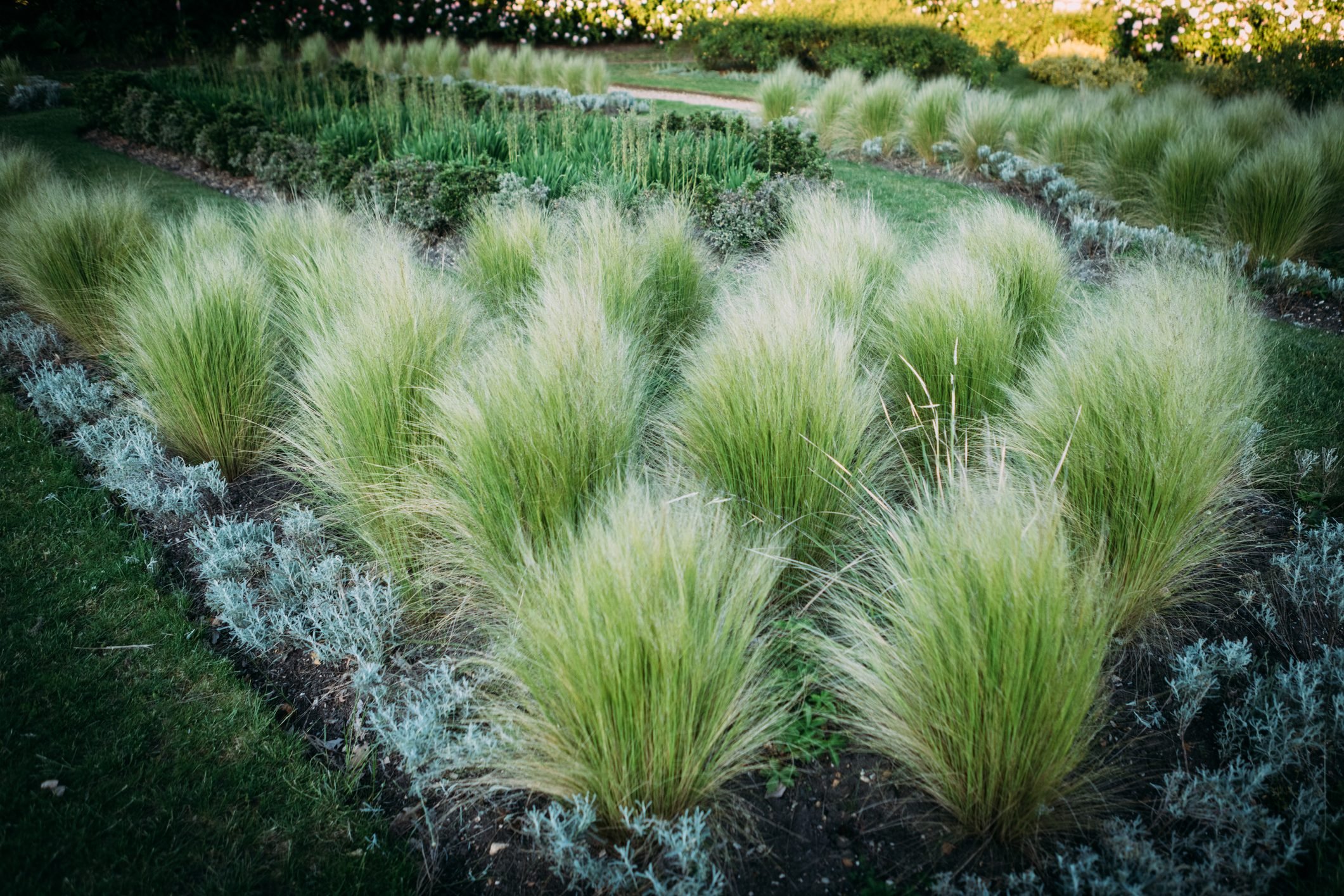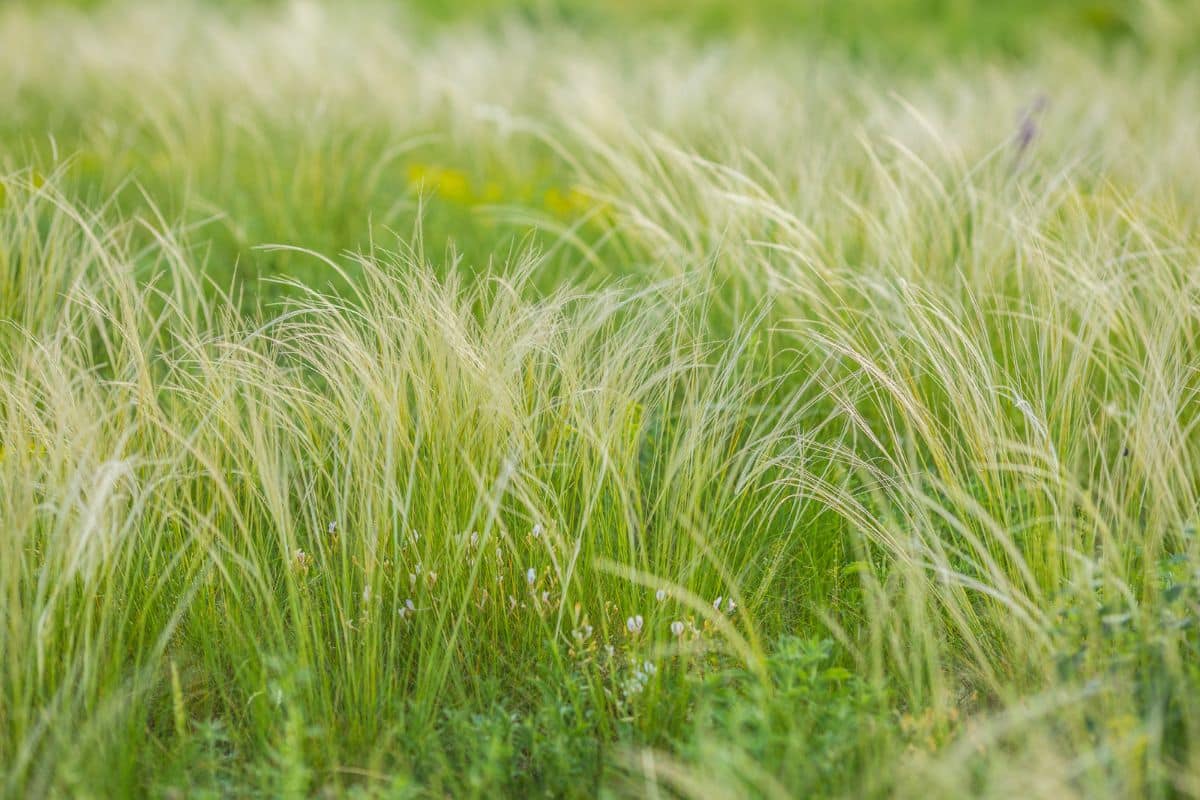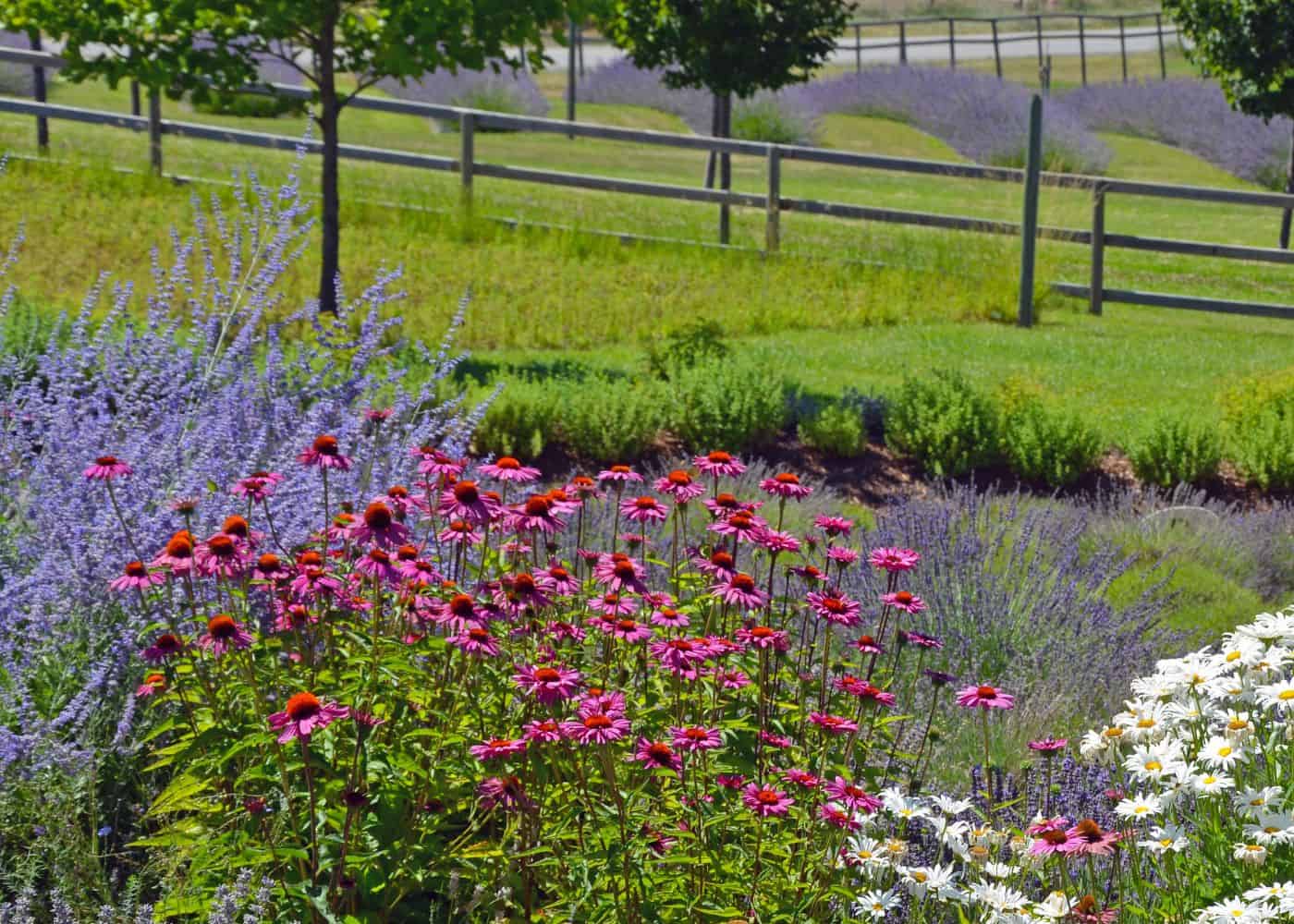Autumn Sage Companion Plants That Will Bloom All Season Long
Autumn sage (Salvia greggii) is a beautiful, hardy perennial that blooms in shades of purple, pink, and red from late summer to fall. It's a great choice for adding color and interest to your garden, and it's also relatively easy to care for. But did you know that autumn sage can benefit from companion planting?
Companion planting is the practice of planting certain plants together in order to create a mutually beneficial relationship. Some plants can attract beneficial insects, improve soil quality, or even deter pests. When choosing companion plants for autumn sage, it's important to consider their similar growing conditions. Both autumn sage and its companion plants should prefer full sun and well-draining soil.
Here are a few of the best companion plants for autumn sage:
- Black-eyed Susans: These cheerful yellow flowers bloom in the summer and fall, and they complement the purple flowers of autumn sage nicely. Black-eyed Susans are also drought-tolerant and deer-resistant, making them a good choice for gardens in dry climates or areas with high deer populations.
- Butterfly weed: This native wildflower is a magnet for butterflies and other pollinators. It blooms in shades of orange and yellow from late summer to fall, and it's a great way to add color and interest to your garden while also supporting beneficial insects.

- Daylilies: These long-blooming perennials come in a wide variety of colors, including yellow, orange, red, and pink. They're relatively easy to care for and can thrive in full sun to partial shade. Daylilies are also deer-resistant, making them a good choice for gardens in areas with high deer populations.
- Lavender: This fragrant herb blooms in shades of purple and blue from late spring to early summer. It's a good choice for companion planting with autumn sage because it attracts beneficial insects and deters pests. Lavender is also drought-tolerant and can thrive in poor soil, making it a low-maintenance option.

- Ornamental grasses: These tall, graceful plants add height and interest to any garden. They're also drought-tolerant and deer-resistant, making them a good choice for companion planting with autumn sage. Some popular ornamental grasses for autumn sage include miscanthus, pampas grass, and zebra grass.

These are just a few of the many companion plants that can be grown with autumn sage. When choosing companion plants, it's important to consider the size, color, and growing conditions of the plants. By carefully selecting companion plants, you can create a beautiful, harmonious garden that will bloom all season long.
FAQ of autumn sage companion plants
Q: What are some good companion plants for autumn sage?
A: Autumn sage (Salvia greggii) is a drought-tolerant, sun-loving shrub that blooms in shades of purple, red, and orange in the fall. It makes a great addition to any garden, but it can also be susceptible to pests and diseases. Some good companion plants for autumn sage include:
- Yarrow: Yarrow is a hardy perennial that helps to repel pests and diseases. It also blooms in shades of yellow and white, which can complement the colors of autumn sage.
- Mexican sunflower: Mexican sunflower is another drought-tolerant plant that blooms in the fall. It attracts beneficial insects, which can help to control pests.
- Echinacea: Echinacea is a native North American plant that is known for its medicinal properties. It also blooms in shades of purple and pink, which can add contrast to the colors of autumn sage.
- Bee balm: Bee balm is a nectar-rich plant that attracts pollinators. It also blooms in shades of pink, purple, and red, which can complement the colors of autumn sage.
- Rosemary: Rosemary is a Mediterranean herb that is drought-tolerant and sun-loving. It can also help to repel pests and diseases.
Q: What are the benefits of companion planting with autumn sage?
A: Companion planting is the practice of planting certain plants together for their mutual benefit. When planted together, autumn sage and its companion plants can help each other in a number of ways, including:
- Improved pest and disease control: Some companion plants, such as yarrow and Mexican sunflower, help to repel pests and diseases. This can help to keep autumn sage healthy and free of problems.
- Increased pollination: Bee balm and other nectar-rich plants attract pollinators, such as bees and butterflies. These pollinators help to pollinate autumn sage flowers, which can lead to increased fruit and seed production.
- Improved soil health: Some companion plants, such as rosemary, help to improve soil health by adding nutrients and improving drainage. This can benefit autumn sage and other plants in the garden.
- Enhanced beauty: Companion planting can also be used to create beautiful and aesthetically pleasing gardens. By planting plants with complementary colors and textures, you can create a garden that is both functional and visually appealing.
Q: How far apart should autumn sage companion plants be planted?
A: The distance at which autumn sage companion plants should be planted will vary depending on the size of the plants. Generally speaking, you should plant companion plants at least 18 inches apart to give them enough room to grow. If you are planting larger plants, such as yarrow or Mexican sunflower, you may need to space them even further apart.
Q: When should autumn sage companion plants be planted?
A: Autumn sage companion plants can be planted in the spring or fall. If you are planting in the spring, wait until the soil has warmed up to at least 60 degrees Fahrenheit. If you are planting in the fall, plant before the first frost.
Q: How should autumn sage companion plants be cared for?
A: Autumn sage companion plants are generally low-maintenance. They need full sun and well-drained soil. Water them regularly during the first year after planting, but once they are established, they can tolerate some drought. Fertilize them in the spring with a balanced fertilizer.
Image of autumn sage companion plants
- Brachyscome multifida, also known as cutleaf daisy, is a low-growing, mounding plant with small, blue flowers. It blooms in the spring and fall, and is a good companion plant for autumn sage because it has similar water and soil requirements.
- Coralbells (Heuchera) is a hardy perennial with colorful foliage and bell-shaped flowers. It blooms in the spring and summer, and is a good companion plant for autumn sage because it can tolerate full sun and dry soil.

- Mexican feather grass (Nassella tenuissima) is a tall, airy grass with delicate, feathery blades. It blooms in the fall, and is a good companion plant for autumn sage because it adds height and texture to the landscape.

- Lavender (Lavandula) is a fragrant herb with blue or purple flowers. It blooms in the summer, and is a good companion plant for autumn sage because it attracts pollinators and can help to deter pests.

- Yarrow (Achillea millefolium) is a hardy perennial with daisy-like flowers. It blooms in the summer and fall, and is a good companion plant for autumn sage because it is drought tolerant and can help to suppress weeds.

Post a Comment for " Autumn Sage Companion Plants That Will Bloom All Season Long"